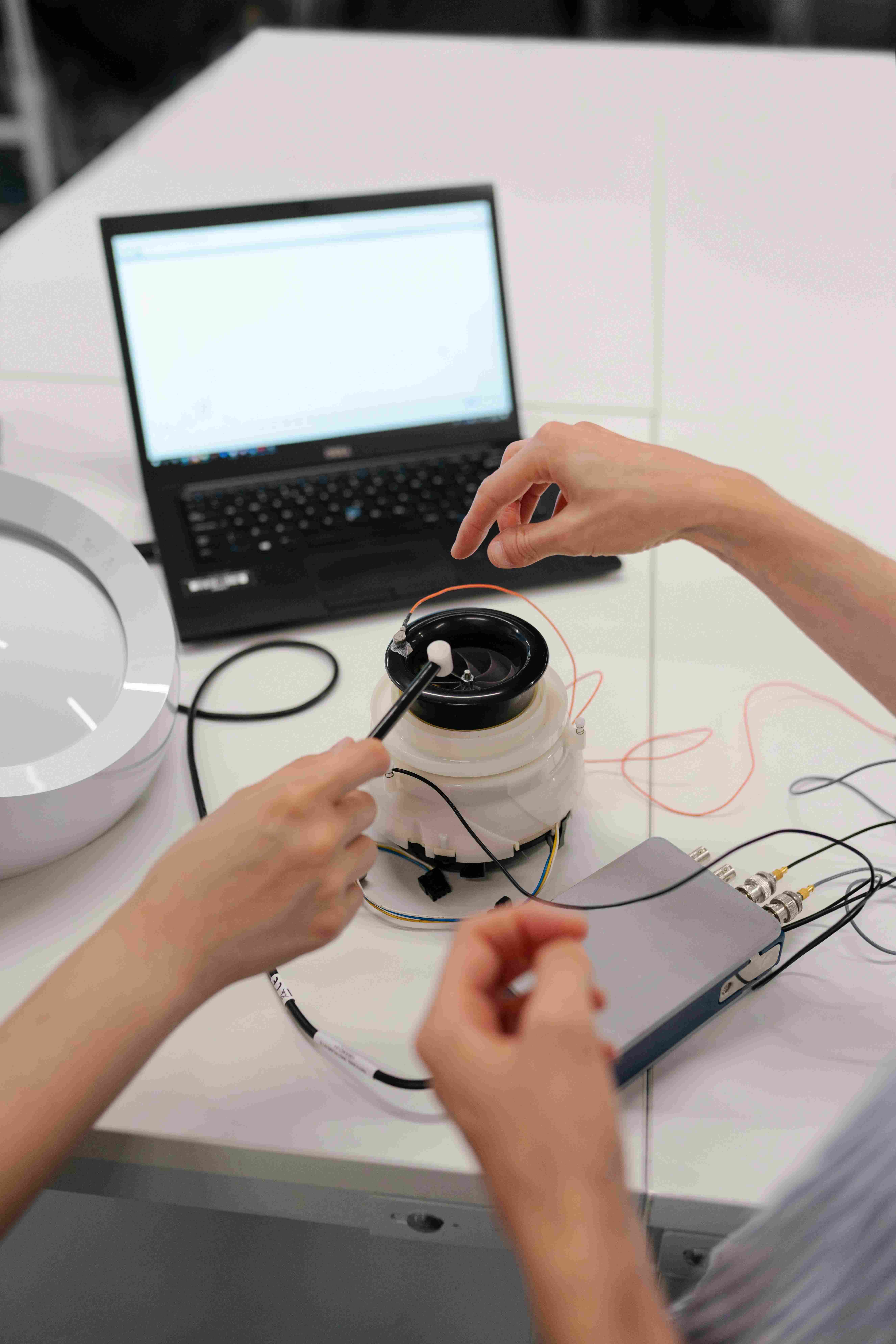In 2025, the paradigm of innovation continues to evolve, transcending mere technological advancements and delving deeper into the innate human instinct to innovate. This shift underscores a profound move towards understanding innovation not just as a new product development but as an intrinsic human drive to improve and adapt. From this perspective, exploring how this instinct manifests and how it can be nurtured becomes crucial for both individual creativity and widespread societal progress. Thus, uncovering the complex tapestry of human instincts behind innovation gives us a broader, more nuanced perspective on what drives our relentless pursuit of the new and better.
Understanding the Human Instinct Behind Innovation: A Guide to Its Implications in 2025

Navigating the intricate world of innovation begins with recognizing its roots in basic human instincts. The drive to solve problems, enhance efficiency, and adapt to new challenges is embedded deeply in our psychology. By identifying the types of innovation driven by these instincts—be it disruptive, evolutionary, or revolutionary—we can better understand and harness our natural inclinations for creativity and improvement.
Choosing the right type of innovation strategy involves introspection and situational awareness. For instance, in a tech-startup environment, disruptive innovation might be prioritized to break into the market. In contrast, an established corporation might benefit more from an evolutionary approach, improving on existing products and services. Understanding the context and matching it with the correct innovative instinct is key to success.
The maintenance and ownership costs associated with nurturing innovation can differ based on the chosen path. Disruptive innovations often require significant investment in research and development, as well as substantial resources to educate the market. Evolutionary innovations, while potentially less risky, require ongoing investment to stay ahead of competitors and continuously improve.
When cultivating an innovative mindset, one should consider both direct and indirect costs. Direct costs include actual expenditures on development and implementation, while indirect costs might involve time spent away from other projects or the learning curve associated with adopting new technologies or methods.
To effectively harness our innate innovative instincts, it’s essential to foster an environment that encourages experimentation and tolerates failures, recognizing them as stepping stones to success. Implementing regular brainstorming sessions, encouraging cross-disciplinary collaborations, and maintaining an openness to unconventional ideas are practical steps toward sustaining an innovative culture.
In summary, understanding the human instincts behind innovation involves recognizing it as a natural human tendency that reflects broader traits such as problem-solving, adaptability, and creativity. By choosing the appropriate innovation strategy and managing its maintenance and ownership costs effectively, individuals and organizations can better harness this innate power. Remember, fostering a supportive environment for innovation is as crucial as understanding its origins. Let 2025 be the year we not only push for new innovations but also deeply appreciate and cultivate the human instincts that drive them.
